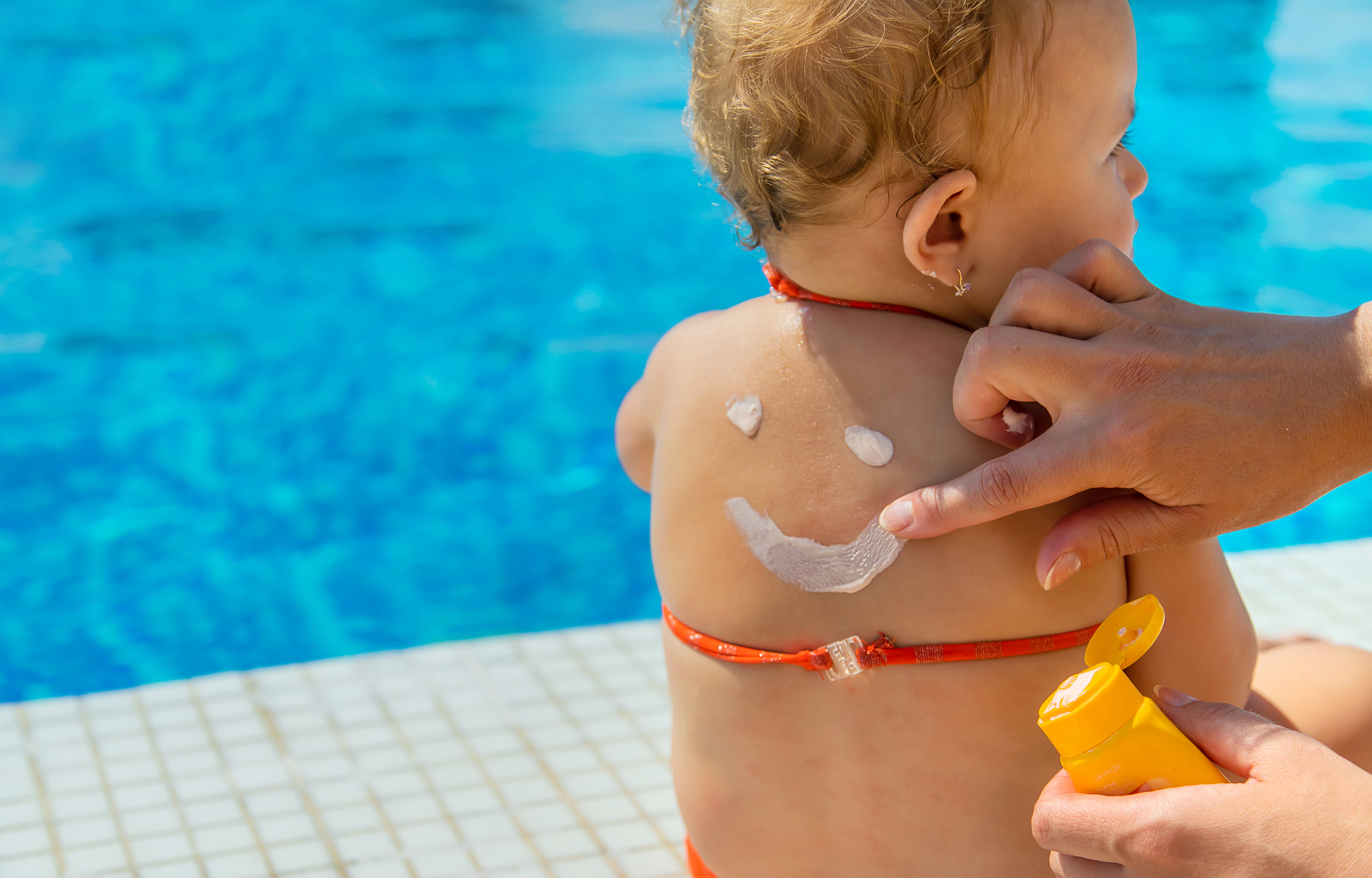
06 Apr How to Choose a Safe and Clean Sunscreen
Choosing the right sunscreen is essential for protecting your skin from the sun’s harmful UV rays. However, with so many options on the market, it can be difficult to decide which sunscreen is best for you. Unfortunately, an Environmental Working Group (EWG) report found that roughly three-quarters of the 1,800 sunscreens analyzed don’t provide adequate protection or contain ingredients that the FDA has not yet established are safe and effective. Here are five steps you should take to make sure you choose a clean and safe sunscreen for your skin.
Step One: Read the Label Before Choosing Your Sunscreen. When selecting a sunscreen, look for one that says “broad-spectrum” on the label and has an SPF of at least 30 or higher. Broad spectrum means that it protects against both UVA and UVB rays from the sun. UVA radiation causes wrinkles and aging while UVB radiation causes sunburns. An SPF of 30 will block 97% of UVB radiation when applied correctly whereas an SPF of 15 will only block 93%.
Step Two: Learn Difference Mineral and Chemical Sunscreens. There are two types of sunscreens – mineral (or physical) and chemical (or synthetic). Mineral sunscreens reflect UV light away from the skin whereas chemical compounds absorb UV light into their molecules before releasing it as heat energy. Mineral sunscreens tend to be thicker than chemical ones but they may be easier on sensitive skin since they do not contain any potentially irritating chemicals such as oxybenzone or avobenzone.
Step Three: Know the Difference Between Oxybenzone and Avobenzone. Oxybenzone is a chemical compound found in many sunscreens that is commonly used to absorb UVA radiation but some studies have linked it to hormone disruption in humans and coral bleaching in marine ecosystems. Avobenzone is another popular ingredient found in many chemical sunscreens that helps absorb UVA radiation without having any known negative environmental impact or health concerns associated with it like oxybenzone does.
Step Four: Why Broad-Spectrum Matters When Picking a Sunblock. It is important to choose a broad spectrum sunscreen because this type offers protection against both UVA and UVB radiation from the sun which can cause premature aging, wrinkles, and even cancer if exposed over long periods of time without proper protection. The American Academy of Dermatology recommends using broad-spectrum sunscreen every day regardless of how much time you plan on spending outdoors since UVA radiation can penetrate through windows glass as well as cloud cover all year round!
Step Five: Check for Your Sunscreen’s Water Resistance. Lastly, check for your sunscreen’s water resistance rating which typically ranges from 40 minutes up to 80 minutes depending on brand/formulation type chosen by consumers when shopping around for products online/offline stores alike – this number indicates how long your product will stay active after exposure to water/sweat so be sure to reapply accordingly every two hours or more if needed throughout day’s activities/exposure time given environment conditions present during usage period!
Following these five steps will help you make sure you are choosing a clean and safe sunscreen that offers adequate protection against both UVA & UVB rays; while also being aware of any potential environmental impacts or health concerns associated with certain ingredients used in formulations today. Shoppers can also download EWG’s free Healthy Living app to get ratings safety information on sunscreens. It’s great to enjoy the outdoors, just be “sun smart” while you do!

